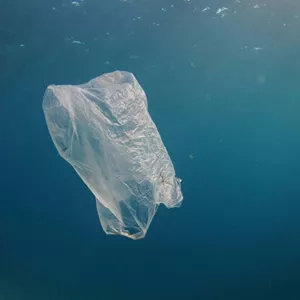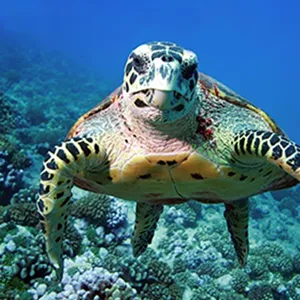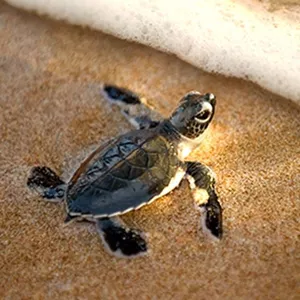There are eight different species of sea turtles alive today. Five of them live in the Mediterranean and two of them, the Caretta Caretta and Chelonia Mydas, use Turkey’s coastlines for nesting.
Although many turtles lay between 100 and 200 eggs each time they nest, nearly all species are on the endangered list
Caretta Caretta Sea Turtle
The Caretta Caretta Sea Turtle is omnivorous, feeding mainly on bottom-dwelling invertebrates. It has a longerlist of prey than any other sea turtle. Food consumed by these creatures include sponge, jelly fish, Horse Shoe Crabs and oysters. Their large and powerful jaws serve as an effective tool for dismantling prey.
Newly emerged hatchlings are carnivorous and eat macro plankton. In contrast, immature juveniles and adults are commonly found in sea grass meadows as they are herbivorous grazers.
Baby Caretta Caretta hatch within 45-60 days depending on the sand temperature. Sex determination is dependent upon the incubation temperature, therefore there is an optimal incubation temperature that ranges between 26°C-32°C. The male sex is determined at cooler temperatures.
What can you do to help sea turtles
- Avoid using motorcycles and building cafes or restaurants at the nesting beach.
- Turn out lights visible from the beach.
- Reduce the amount of garbage you produce and clean up any trash you see on the beach.
- Be aware of sea turtlenesting areas and avoid nesting and hatching turtles.
- Turn out lights visible from beach.
- Do not touch baby sea turtles on their way to the sea.
- Do not leave your pets uncontrolled at the beach.
- Do not construct campfires on the beach.
- Remove recreational equipment, such as lounge chairs, cabanas, umbrellas and boats from the beach at night.


